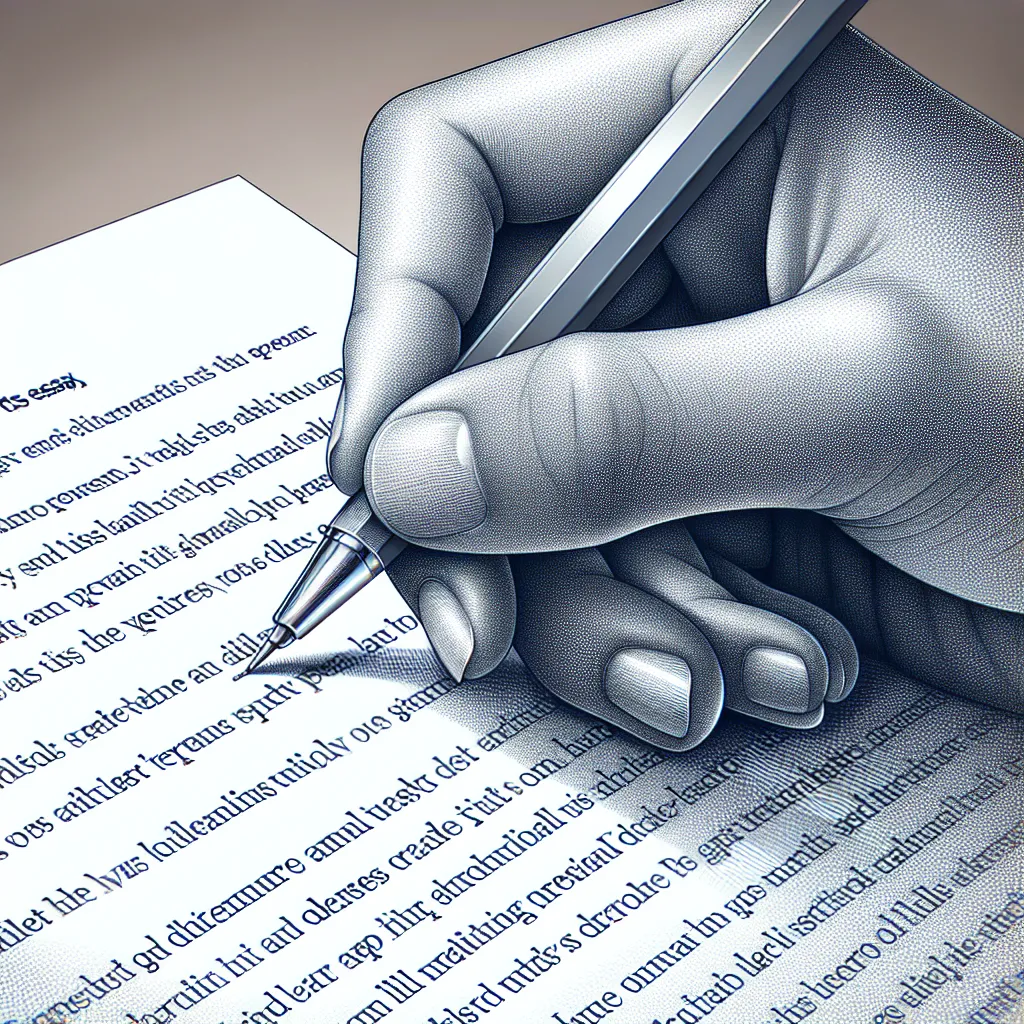When preparing for the IELTS exam, mastering complex grammatical structures can significantly enhance your language proficiency and boost your overall score. One such structure that often appears in high-scoring responses is the use of “but that” for negative contrast. This construction allows test-takers to express sophisticated ideas and create nuanced arguments, which are essential skills for achieving a high band score in both the Writing and Speaking sections of IELTS.
 IELTS Exam Preparation
IELTS Exam Preparation
Understanding “But That” for Negative Contrast
The phrase “but that” is used to introduce a negative contrast or exception to a preceding statement. It’s more formal and sophisticated than simply using “but,” and it’s particularly useful in academic and professional contexts, making it ideal for IELTS responses.
Grammatical Structure
The basic structure for using “but that” is as follows:
[Positive statement] + but that + [negative statement or exception]
This construction allows you to present a general idea or rule, followed by a specific exception or contrasting point. Let’s examine some examples to better understand how this structure works in practice.
Examples and Analysis
-
“The company’s profits were growing steadily, but that they failed to anticipate the market crash.”
- Analysis: This sentence presents a positive situation (growing profits) followed by an unexpected negative event (failure to anticipate the crash).
-
“She would have attended the conference, but that she had a prior commitment.”
- Analysis: Here, the speaker expresses a willingness to attend (positive) contrasted with the reason for not attending (negative).
-
“The new policy was widely accepted, but that a small group of dissenters voiced their concerns.”
- Analysis: This example shows a general positive reception contrasted with a specific negative reaction.
-
“He would have achieved a perfect score on the IELTS, but that he made a careless mistake in the listening section.”
- Analysis: This sentence highlights an almost perfect performance with a specific exception that prevented it.
-
“The city’s air quality has improved significantly over the past decade, but that pollution levels still exceed WHO recommendations on some days.”
- Analysis: A positive trend is contrasted with a persistent negative aspect.
Applying “But That” in IELTS Writing Tasks
Incorporating “but that” into your IELTS Writing responses can demonstrate a high level of language proficiency and help you achieve a higher band score. Here’s how you can use it effectively in different writing tasks:
Task 1 (Academic): Report Writing
While Task 1 primarily focuses on describing and summarizing data, you can use “but that” to highlight exceptions or contrasts in the information presented.
Example:
“The graph shows a general upward trend in recycling rates across all age groups, but that the 18-25 demographic experienced a slight decline in 2019.”
Task 2: Essay Writing
In Task 2, “but that” can be particularly useful for developing nuanced arguments and presenting balanced views on complex issues.
Example:
“Many argue that social media has improved global communication, but that it has also led to increased isolation in local communities.”
 IELTS Writing Task
IELTS Writing Task
Enhancing IELTS Speaking Responses with “But That”
Using “but that” in your Speaking responses can demonstrate your ability to express complex ideas fluently and coherently. Here are some ways to incorporate this structure:
Part 2: Long Turn
When giving your long turn response, you can use “but that” to add depth to your description or narrative.
Example:
“I was excited about my trip to Japan, but that I was a bit nervous about the language barrier.”
Part 3: Discussion
In the discussion section, “but that” can help you present balanced arguments and show critical thinking skills.
Example:
“Technology has undoubtedly improved education in many ways, but that we must be cautious about over-reliance on digital tools in the classroom.”
Tips for Achieving Higher Band Scores
To maximize the impact of using “but that” in your IELTS responses:
- Use it sparingly and purposefully. Overuse can make your language sound unnatural.
- Ensure that the contrast you’re presenting is meaningful and relevant to the topic.
- Practice using this structure in various contexts to become more comfortable with it.
- Combine “but that” with other advanced grammatical structures to showcase your language range.
Common Mistakes to Avoid
When using “but that” for negative contrast, be aware of these common errors:
-
Incorrect: “But that she was late, she would have attended the meeting.”
Correct: “She would have attended the meeting, but that she was late.” -
Incorrect: “The project was successful but that it went over budget.”
Correct: “The project was successful, but that it went over budget.” -
Avoid using “but that” when a simple “but” would suffice. Reserve it for more formal or complex contrasts.
Conclusion
Mastering the use of “but that” for negative contrast can significantly enhance your IELTS performance, particularly in Writing Task 2 and the Speaking test. By incorporating this structure into your responses, you demonstrate a sophisticated command of English grammar, which is crucial for achieving high band scores. Remember to practice using this construction in various contexts and combine it with other advanced language features to showcase your proficiency effectively.
As you prepare for your IELTS exam, consider incorporating “but that” into practice essays on topics such as environmental issues, technological advancements, or social changes. This will help you become more comfortable with the structure and ready to use it confidently on test day.


